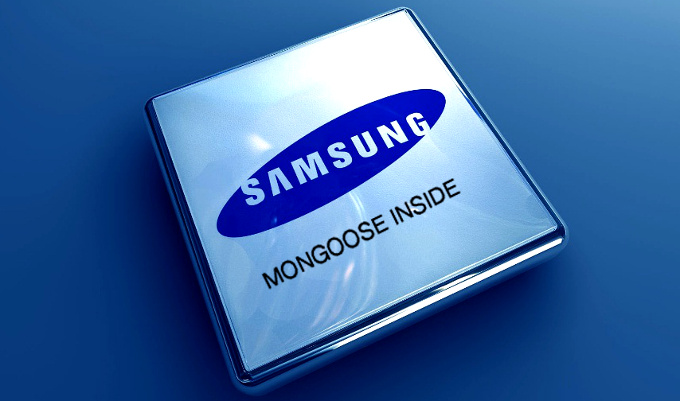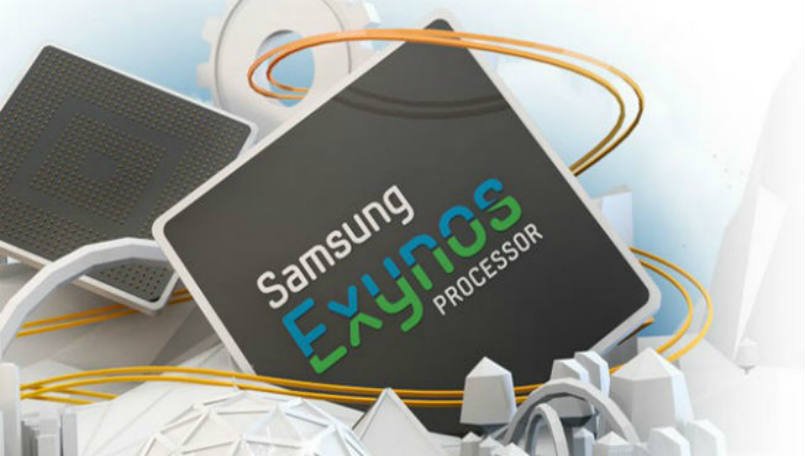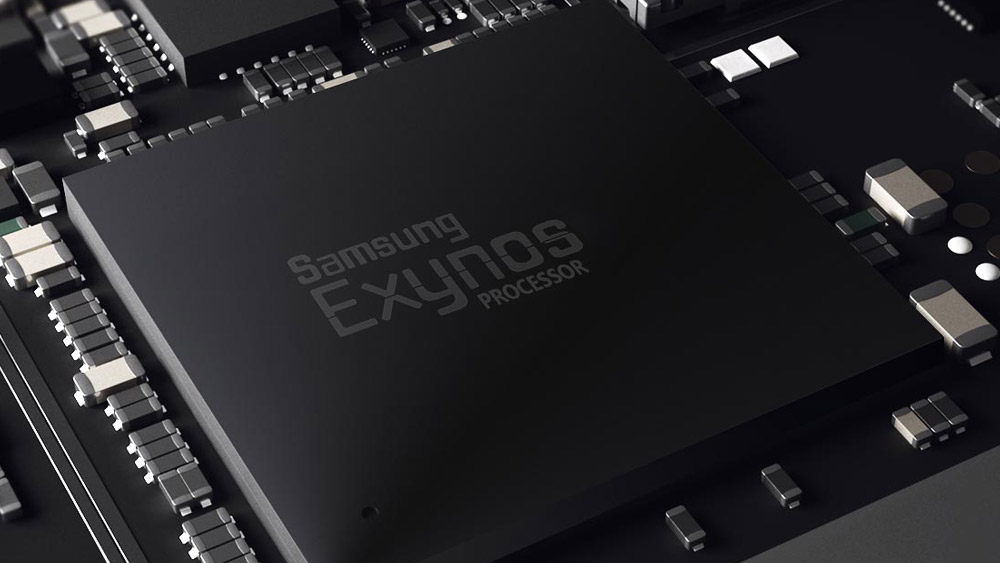Samsung has finalized a highly anticipated chip manufacturing technology that will help the phone run faster and keep the battery longer. The company is currently using ultra-violet (EUV) technology to build 7-nanometer chips – a process that has been around for many years but faces challenges when it comes towards worldwide roll-out.

The chip is fabricated by projecting a circuit pattern onto a germanium wafer using light. However, the next-generation chip’s function is smaller than the wavelength of traditional lamps – this is a fat Sharpie that needs thin beads, and manufacturers have tried various methods to solve this problem. For example, Samsung’s existing 10 nm and 14 nm chips are exposed to light at a wavelength of 193 nm many times in a method called multi-pattern. The same part of the dice was “written” several times.

For a long time, researchers have known that EUV with a wavelength of 13.5 nm is the answer, but machines may be more expensive, and technical problems have delayed mass production. According to Samsung, the two main challenges it faces are the power of the light source and the number of wafers that can be processed per day. But it’s already clear, and now it’s starting commercial chips with 40% smaller surface area than the company’s previous 10nm technology while reducing power consumption by 50% or improving performance by 20%.

Samsung is already the world’s largest supplier of memory chips, but its innovation has made it one step ahead of the competition, especially since it is the company responsible for maintaining Moore’s Law. The law stipulates that the transistors (and processing power) of a given chip are doubled every two years, but have been slowing down recently. Moore’s Law is important, if we want to see smarter, faster technology, and because Samsung provides technology to other companies, you will enjoy it soon.









